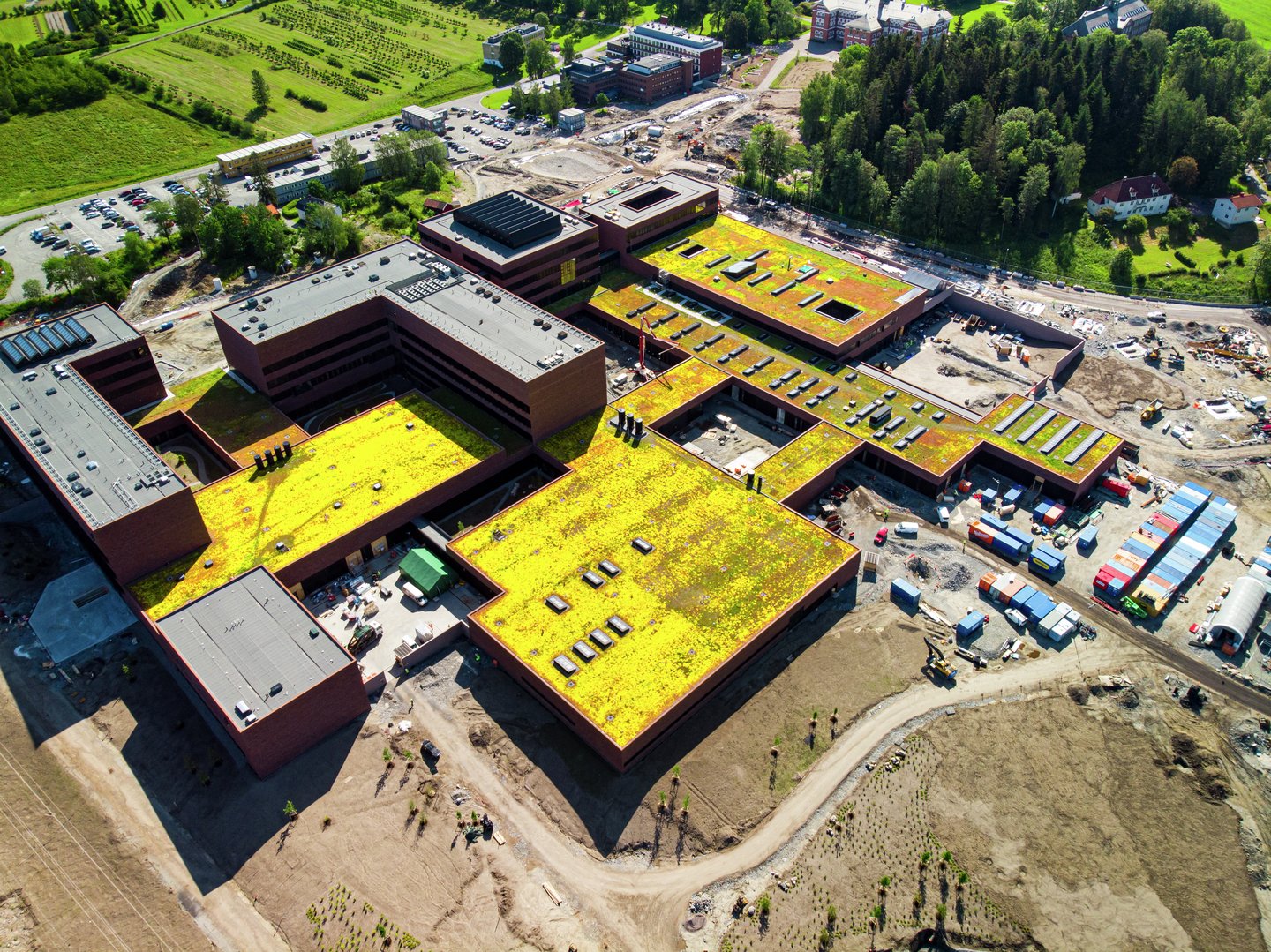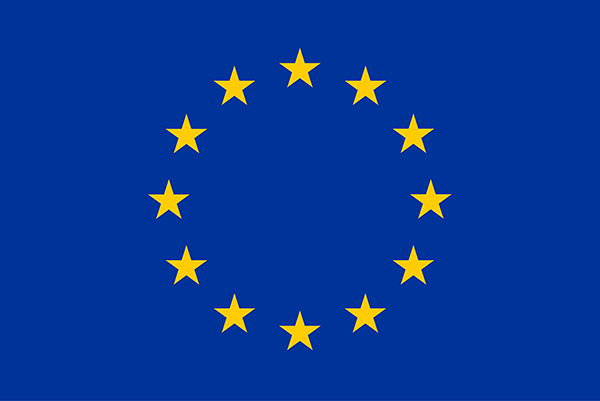
Campus Ås was selected as an alternative location to the Fredrikstad showcase as the latter was omitted due to delays in the construction process. The Showcase Campus Ås has the same ambitions as the showcase in Cicignon Park – Fredrikstad: to demonstrate that an innovative combination of known and emerging technologies, actions and planning can contribute to achieve a resilient, climate, environment and human friendly urban development. Campus Ås houses Norway's largest interdisciplinary academic environment in the life sciences. Showcase Campus Ås elucidate that urban agriculture (UA) can be practiced year around in cold climate and be sustained by recycling urban waste and water resources and at the same time supply much of a city´s need for water for households and green areas. Solar technology will reduce heating costs in winter. Urban agriculture and green structures will also facilitate stormwater handling, increase climate resilience and contribute to a healthier happier life. In the Campus Ås Showcase, black water and organic household waste are collected from the 24 student apartment, which is equipped with a vacuum toilet. The treatment system comprises an anaerobic digestion reactor (AD), with recovery of biogas, and post-treatment methods that aim at plant nutrient recovery. The post-treatments are liquid fertilizer production (LF), struvite precipitation (SP) and microalgae cultivation (PBR). The systems demonstrated high efficiency of treatment and recovery of nutrients. A super insulated greenhouse has been setup to utilize these resources for growing food year around in hydroponic, aquaponic, soil-based and paper based systems. The compost and fertilizers are used for the planting at the SiEU-Greenhouse and the SiEUGreen household demonstrations. Examples of composting systems and balcony growing of vegetables are also demonstrated. In addition to the dwellers of the 24 flats that use the system, Showcase Campus Ås will be exposed to students, staff and visitors to the university as well as the general public.
